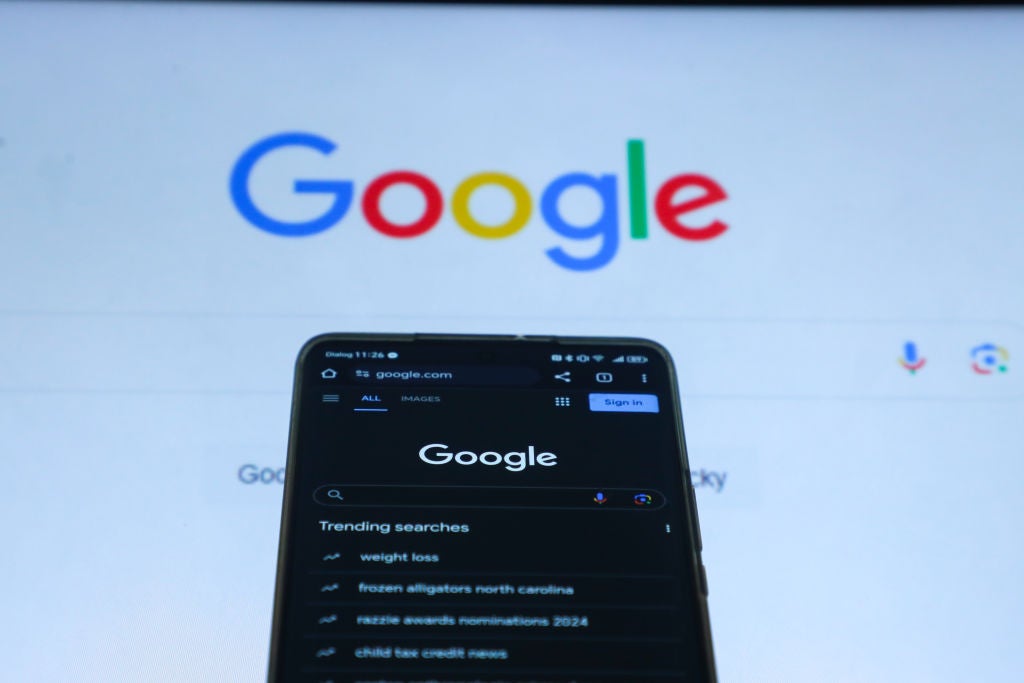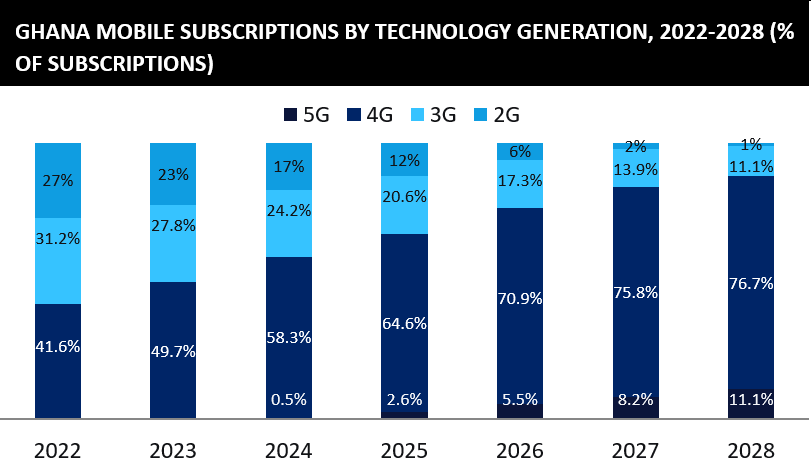
5G technology is increasing mobile network capacity around the world. It is not only improving the mobile service experience for mass-market consumers; it is also finding potential in residential broadband services and enterprise use cases.
Consumers are finding innovative use cases to take advantage of 5G’s greater capacity, like virtual and augmented reality. Residential users are able to enjoy home broadband service in cases where fiber-to-the-home is not available. And enterprises are exploring new ways to use 5G to automate and improve their operations; improve worker safety in hazardous environments such as factories, crane compartments and mines; and monitor the quality of products or plant equipment with HD video.
Taking the holistic view of these various value propositions across different markets, 5G can be seen as efficiently enabling ubiquitous gigabit-speed wireless connections. This vision is what Huawei Technologies calls the “5Gigaverse.”
As its name implies, the 5Gigaverse is made possible by 5G wireless technology, which continues to evolve. Operators are increasingly deploying “standalone” 5G, which does not require 4G technology and is therefore not constrained by its limitations. Meanwhile, the telecom industry continues to expand 5G’s capabilities; a new set of technology standards — known as 5.5G to Huawei and as 5G-Advanced to industry standards bodies – is expected to be complete in early 2024. 5G-Advanced’s new capabilities should allow operators to offer new services, especially in the enterprise space. Huawei is an important part of this evolution, promoting its “1+1=N” concept for 1-Gbps networks, 10-Gbps experiences and 100 billion connections.
Establishing the ubiquitous gigabit-speed connections of the 5Gigaverse requires two things of the network: that it reaches everywhere users need it and that it offers the capacity needed to enable new, better experiences.
To increase capacity, mobile networks must use a variety of enhancements. One way to increase capacity is with the combined use of multiple spectrum bands – including legacy low-band frequencies, more recently acquired mid-band spectrum and high-frequency millimeter-wave spectrum.
How well do you really know your competitors?
Access the most comprehensive Company Profiles on the market, powered by GlobalData. Save hours of research. Gain competitive edge.

Thank you!
Your download email will arrive shortly
Not ready to buy yet? Download a free sample
We are confident about the unique quality of our Company Profiles. However, we want you to make the most beneficial decision for your business, so we offer a free sample that you can download by submitting the below form
By GlobalDataTelecommunications equipment vendors face the challenge of adding required capacity without overloading cell sites with hardware. Meeting that challenge, Huawei has introduced new cell-site radios that support two and three frequency bands in a single box. These products complement previously introduced gear that allows mobile operators to add 5G radios to their sites — with large antenna arrays for improving users’ connection speeds – that are housed in the same box as radios providing existing 4G/LTE service. That increased capability per unit allows operators to improve the user experience while also increase the energy efficiency of their networks.
Huawei also recognizes that gigabit-speed services do not mean just download speeds. So its cell-site equipment includes software features called “Super Uplink” that boost uplink speeds as well. This is important in serving a variety of use cases – for example, video surveillance applications that require bandwidth-rich video content to be uploaded to the network in real time.
The 5Gigaverse vision requires not just increasing networks’ capacity but networks’ reach. Huawei aids this effort with multiple offering in its radio portfolio. One such offering is EasyBlink 2.0, the second generation of Huawei’s solution for street-level cellular radios; it’s a small, light radio that can be deployed on poles rather than atop cell towers to fill coverage gaps and increase capacity in high-traffic areas. Another offering that expands the reach of 5G networks is Huawei’s Distributed Indoor Massive MIMO technology; this solution that brings state-of-the-art antenna technologies crucial for delivering 5G into indoor environments like sports stadiums.
Operators are still deploying 5G, and those that have deployed it are optimizing their networks with next-generation versions of 5G networking equipment. So there are many more changes yet to come to mobile networks. Still, the advancements being commercialized by vendors like Huawei are well-designed to improve the reach and capacity of mobile networks and bring the 5Gigaverse to fruition.





